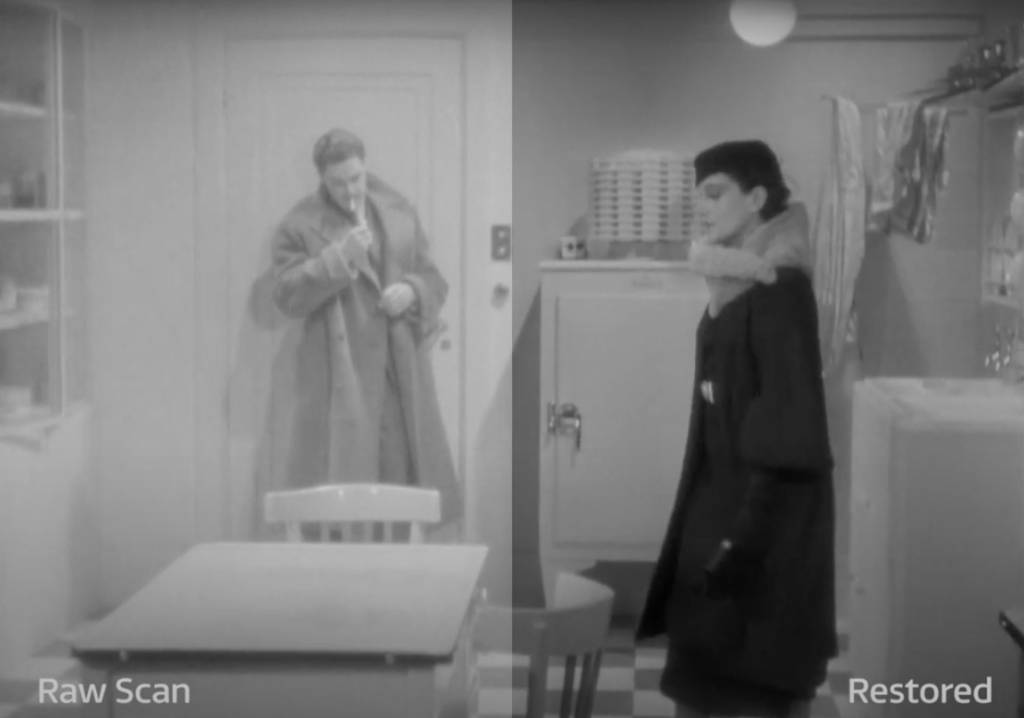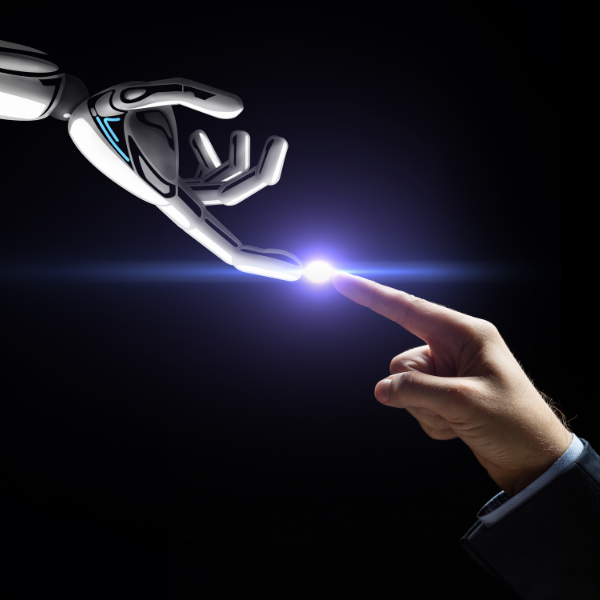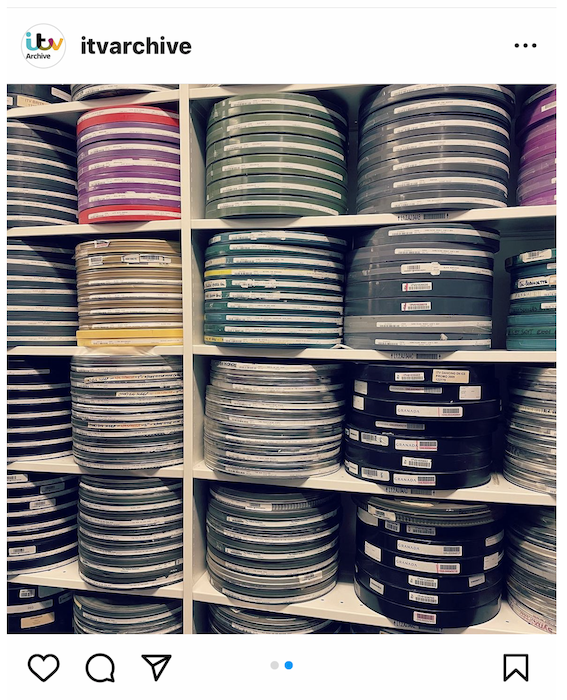Human vs. AI Film Restoration
25 March 2024In the realm of film restoration, a fascinating battle is unfolding between the talents of human experts and the ever-advancing capabilities of artificial intelligence (AI). As this technology continues to evolve at an unprecedented rate, AI algorithms are being developed to tackle the complex task of restoring and revitalising old films. This clash of capabilities raises intriguing questions about the role of AI in preserving our cinematic heritage and the unique touch that only the human hand and eye can bring.
Film restoration is an intricate process that involves the repair, cleaning, and enhancement of deteriorated or damaged film prints. These films, often classics or historical treasures, suffer from scratches, stains, colour fading, and other forms of degradation over time. The aim of restoration is to breathe new life into these cinematic gems, enabling audiences to experience them in all their original glory.
Traditionally, film restoration was primarily a manual endeavour, requiring skilled technicians to painstakingly repair damaged frames, hand-paint missing colours, and reconstruct missing scenes. It was an art form in itself, demanding a deep understanding of film history, techniques, and aesthetics. Human restorers utilised their expertise, experience, and artistic sensibilities to make subjective decisions about the best course of action for each film. Below is an image taken from an award winning bespoke restoration by ITV Content Services. A digital scan was taken of the original 35mm film of the 1935 movie ‘The 39 Steps’ which then undertook a bespoke restoration by their in-house team.

An original and restored scan of ‘The 39 Steps’ (ITV Content Services)
However, the emergence of AI technology has introduced a new paradigm to the field. With its immense computational power and machine learning algorithms, AI has the potential to revolutionise film restoration. By training on extensive databases of restored and pristine film prints, AI algorithms can identify and understand the common imperfections found in damaged films. Armed with this knowledge, they can automatically detect and correct issues like scratches, dirt, and flickering.
One of the most significant advantages of AI-powered restoration is its ability to process large volumes of data quickly and accurately. While human restorers must meticulously analyse each frame, AI algorithms can analyse vast quantities of film footage in a fraction of the time. This speed and efficiency are particularly beneficial when dealing with extensive film collections or time-sensitive restoration projects. Below is an example of an AI enhanced HD upscale originally transferred from SD Betacam SP tape stock that then utilised Topaz Labs software. On this occasion the footage was from Gerry Anderson’s more recent 1990’s live action TV series “Space Precinct”
While AI undoubtedly brings numerous advantages to film restoration, it also raises concerns and challenges. One of the key concerns is the risk of over-automation and the potential loss of the human touch. Film restoration is not merely a technical task; it is an artistic endeavour that requires a deep understanding of the film’s context, aesthetics, and intentions. Human restorers, with their expertise and intuition, can make subjective decisions that go beyond the limitations of algorithms.
Artistic interpretation plays a crucial role in film restoration. Human experts can carefully analyse the visual and auditory elements of a film and make nuanced decisions about colour grading, contrast, and sound quality. They can also consider the historical and cultural context of a film, ensuring that the restoration accurately represents the director’s original vision. These subjective choices, driven by artistic sensibilities and a profound appreciation for film as an art form, contribute to a more holistic and nuanced restoration process.
Additionally, human restorers possess a level of adaptability and improvisation that AI algorithms struggle to replicate. Films from different eras and regions require different restoration approaches. Human experts can adapt their techniques and methodologies to suit the unique characteristics of each film, ensuring that the restoration process is tailored to its specific needs. This level of adaptability is currently very difficult for AI to achieve without extensive training on diverse film styles and cultural contexts.
Another concern with AI-driven restoration is the potential for over-correction or the introduction of unintended artefacts. AI algorithms are trained on existing restored films, which may contain imperfections or biases of their own. If the training data is flawed or limited, the algorithms may inadvertently replicate or amplify these flaws during the restoration process. Human experts, on the other hand, possess the ability to critically assess the results and make necessary adjustments, ensuring a much higher level of quality control.
In conclusion, the battle between human and AI film restoration is a captivating one, with both sides bringing unique strengths and challenges to the table. While AI offers unparalleled computational power and the potential for speedy restoration, human experts provide a unique artistic touch, adaptability, and critical judgement necessary for a nuanced and contextually accurate restoration.
Established, award winning film restoration teams such as ITV Content Services in Leeds currently confine the use of AI within their business to assisting with the upscaling of digitised film and tape content on occasion. Perhaps the ideal future approach lies in a harmonious collaboration, where AI algorithms assist human experts in streamlining the restoration process while preserving the essential artistry and intuition that human intervention brings? With a more balanced approach such as this, we might be able to ensure the preservation of our cinematic heritage while honouring the creativity and craftsmanship that makes film restoration an enduring art form.




